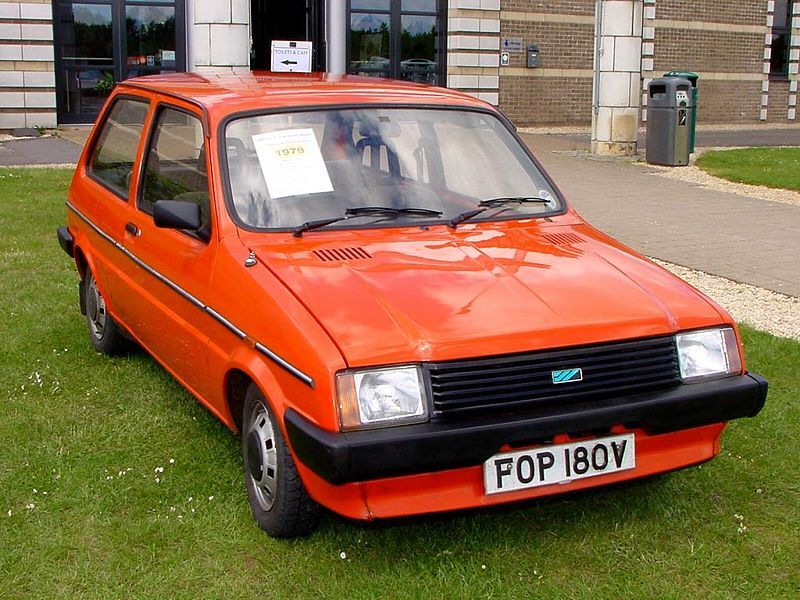
Thus, as the final development stages drew near, with the company in public ownership, press scrutiny intensified, with speculation particularly rife over what the new car might be called. Such problems were depressingly familiar to 1970s British motor industry observers, who delighted in reporting every upset. This painfully slow story of evolution is both remarkable and far too complex to consider here, though hindsight offers three principal causes – bureaucratic indecision, financial constraints resulting from an increasing reliance on periodic cap-in-hand approaches for government cash – and inconsistent progress because of endless staff and management changes.
#AUSTIN MINI METRO CODE#
For very different reasons, neither of these evolved directly into the small car that eventually became manufacturing reality under yet another project code – LC8. Somehow, though, the idea lived on, metamorphosing into project ADO88, which then, over a period of years, progressed through two prototype phases. This unfolded as project code ADO74 in the early 1970s, only to be abandoned in a spectacular act of mistiming in 1972 – just as the 1973 oil crisis loomed large, and BL’s financial fortunes spiralled downhill.

With Issigonis removed from power, 9X became a forgotten dead-end, contributing little to the next chapter in the story of replacing the then-ageing but still strong-selling Mini. Before being sidelined out of his Director of Engineering post after the merger, Issigonis fought a protracted and increasingly futile battle to get 9X adopted for production, but a competitor for the all-conquering, volume-selling Ford Cortina was seen as a much greater priority, and the Marina duly went forward… Known internally as 9X, it was then at running prototype stage, and looking like a smaller version of what later appeared as the Peugeot 104.

It was the culmination of a remarkably tortuous story, with a slightly sad prologue towards the end of the 1960s, when newly installed management led by Sir Donald Stokes following the merger of Leyland and British Motor Holdings, flatly rejected Alec Issigonis’s last small car design. It’s 40 years this Autumn since the most important new car to appear during the British Leyland years first broke cover at the press presentation ahead of its official launch on October 8th 1980 (exactly 40 years ago to the day) – a date carefully chosen to avoid being “one of a crowd” at the 1980 British International Motor Show – where it made its public debut a fortnight later. Dave Moss reflects on the life and times of BL’s biggest selling car…

One of the very first Austin miniMetros – a range-topper 1.3 HLS press demonstrator, as road tested by Kim Henson in October 1980.


 0 kommentar(er)
0 kommentar(er)
